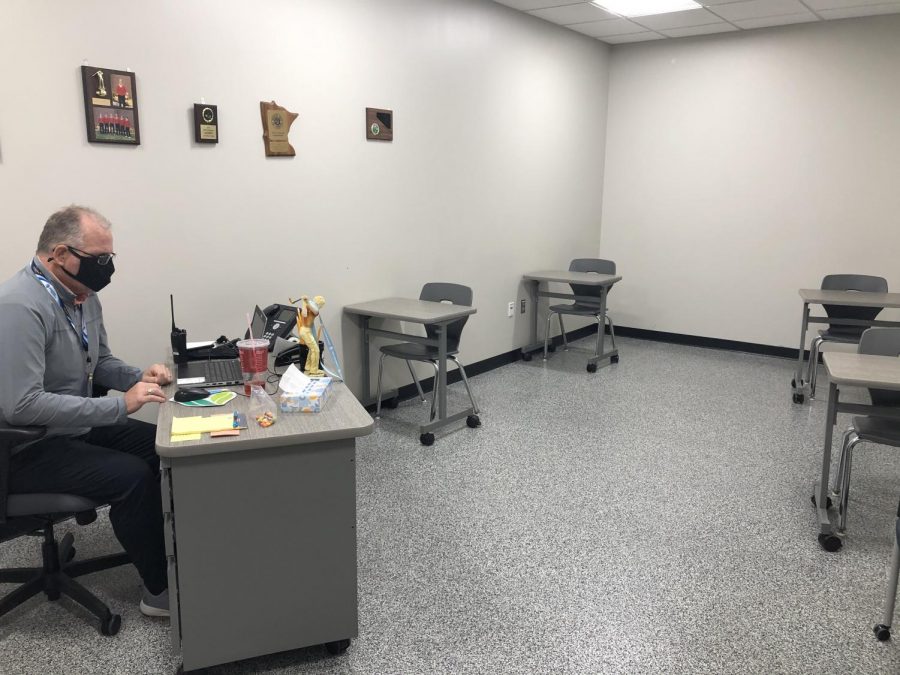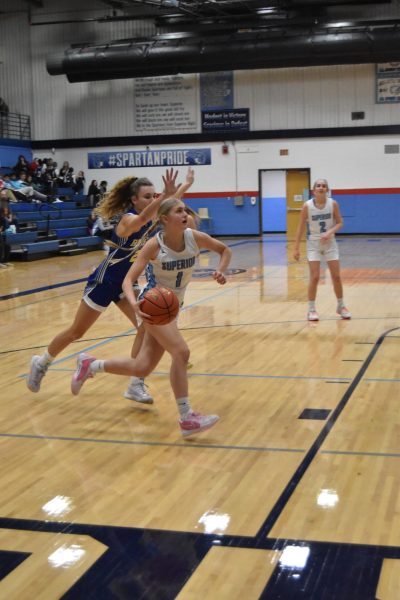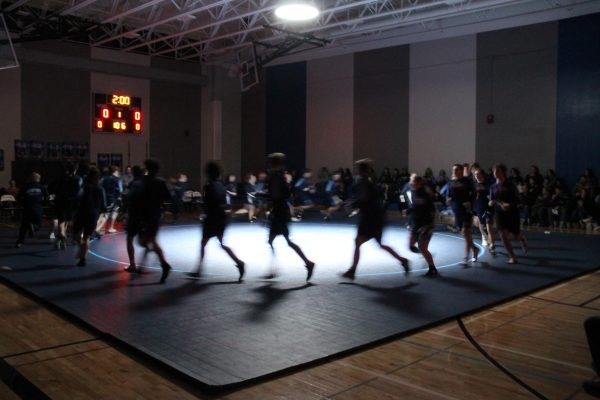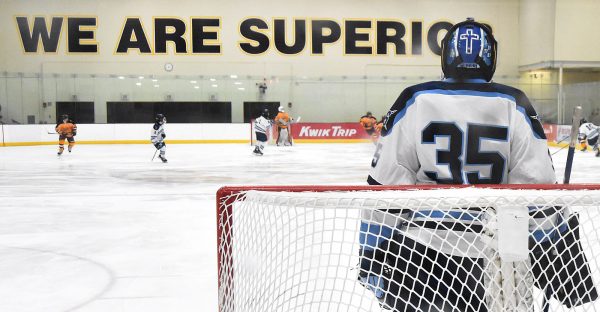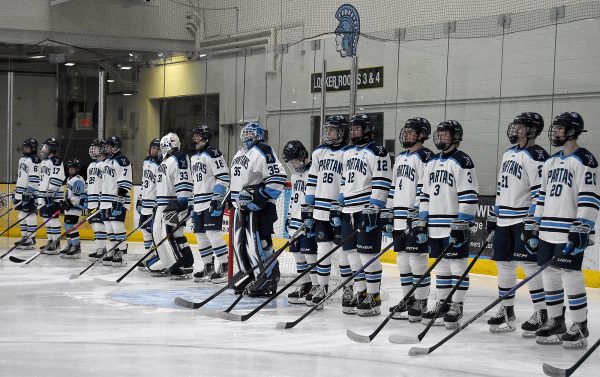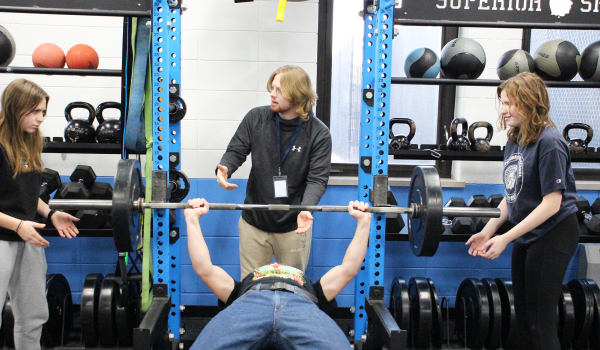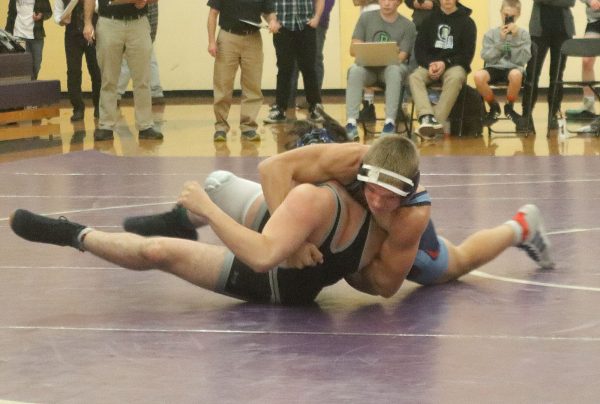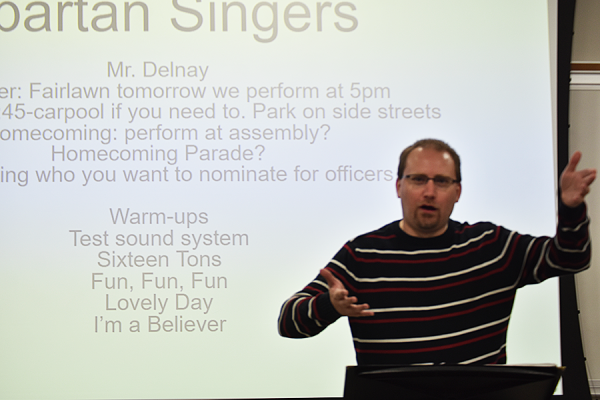Intervention room sits empty
Behavioral Intervention Specialist Brad Larson sits in the intervention room Nov. 2. With the hybrid model used this room often goes unused.
November 12, 2020
This year there have only been three students that have been sent to the intervention room, a place for students to go when they are having difficulties in the day. Typically during a normal school year, this room is a busy area in our school with a flow of students coming and going.
A student in need can find the room by walking down the hallway on the east side of the cafeteria and then to the right at the end, near the drama department, and all the way at the end of that hall, near the back of the main offices.
The main reason a student is sent to the intervention room is when a teacher cannot effectively do their job because the student is interrupting. Students often have other things going on in their day which can make them not focused and disruptive. They may also choose to go to the invention room if they feel they are too stressed to continue in that certain class.
“The purpose of this room is to help give a student the opportunity to hopefully turn around their day or mood,” Behavioral Intervention Specialist Brad Larson said.
The main focus of this room is to help students calm down, not punish them. However, in bigger issues, Larson often acts as the buffer between student and principle. Larson often builds positive relationships with students who then can share their stories.
“I didn’t want the connotation of this room to be ‘Oh yeah you’re a bad person,’” Larson said.
Many reasons why there have been so few incidents of students being sent to the intervention have to do with COVID-19. There are fewer students in the school at a time, relieving tension and possibly splitting up pairs of students who do not get along. Social distancing also prevents run-ins, between students. Administrators and deans often are in the hallways, giving students the option of more positive interactions. Some students who have never felt comfortable at school can go virtual, and many students have started getting better grades going online.
In the room itself, there are only four desks and Larson tries to get students to spend no more than 15 minutes in the room to decrease exposure with other students and himself. This is upsetting because the best part of his job, according to Larson, is interacting with the students and helping. The worst is when he cannot help the students feel better.


